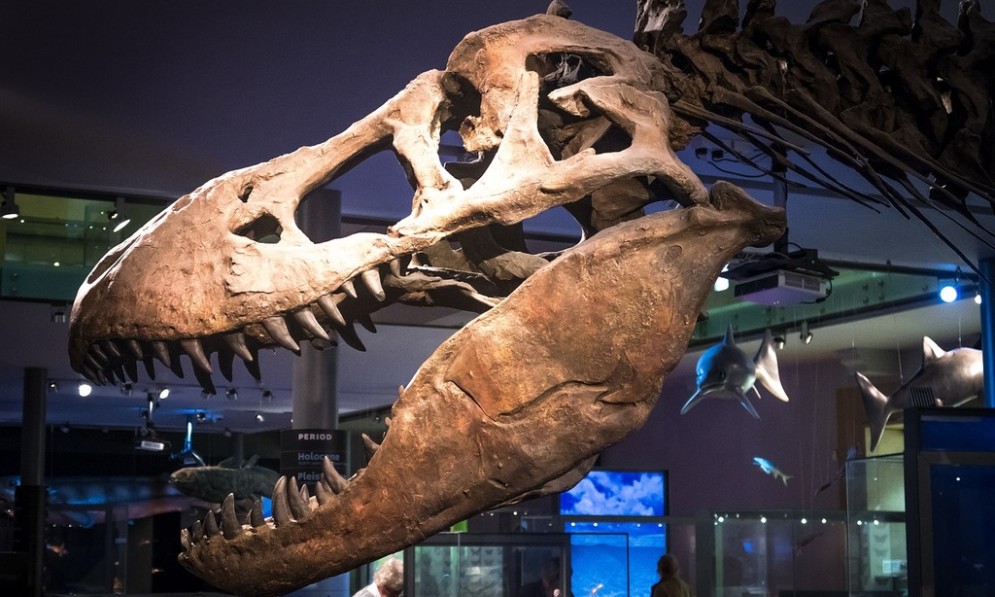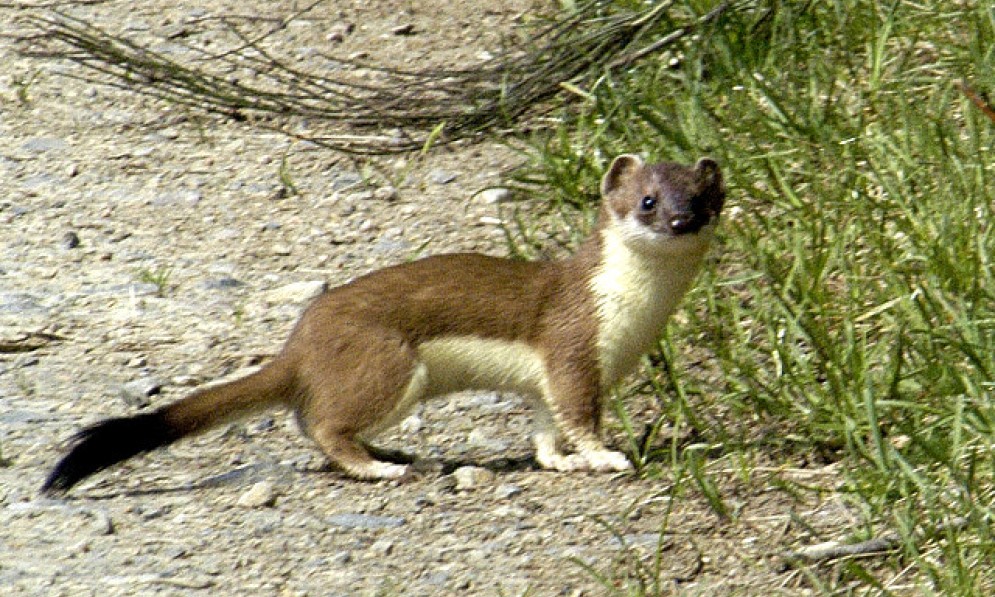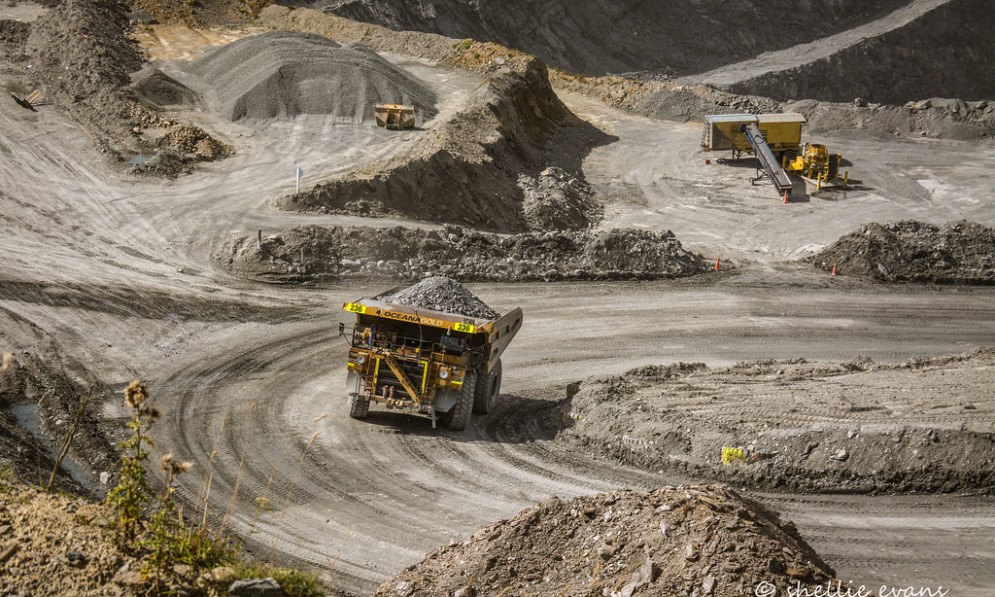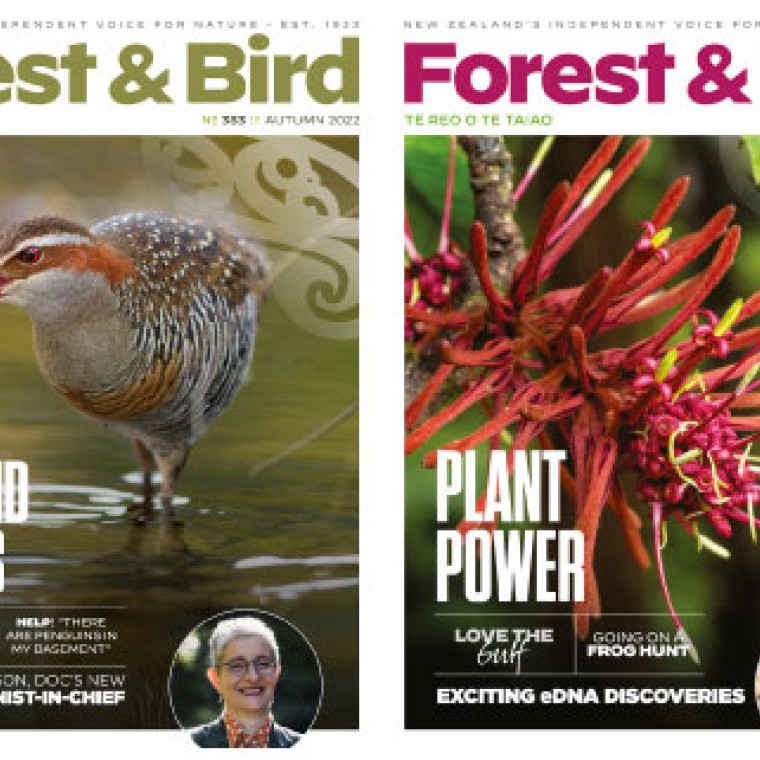
Youth Creature Feature [May 2025]
Discover this unfroggy-frog that doesn't deserve to go "bye bye Freddy".
Written by Jasmine Starr, Youth Editor.
Think of everything you know about frogs. They’re greenish creatures, with big slitted eyes. They start out as tadpoles. They catch insects with their tongues. They’re not as ancient as the dinosaurs, obviously—what are you thinking?! No, frogs are either blue, poisonous, and live far away, or web-footed water-dwellers that hop around and go ‘ribbit’.
For Aotearoa’s native pepeketua (frogs), all of this is wrong.
Archey’s frog, our littlest frog species, measures slightly smaller than an average bottle cap. They’re striped, spotted, and covered in intricate, multicoloured designs of any colour found in a forest. Each frog’s patterns are so variable, the Department of Conservation’s researchers don’t need to use tags—they are able to identify any frog purely through their markings. All Archey’s frogs have smooth skin, long toes, and pupils so large their eyes look black.
They also don’t have webbed feet. Or a ‘ribbit’. And they completely lack the ability to leap without landing flat on their stomach. Archey’s frogs gulp insects straight, instead of catching them with a tongue. They communicate via pheromones, because none of them have ears. And they finish the tadpole stage before hatching, emerging from the egg already a froglet.
Archey’s frogs are named after Sir Gilbert Edward Archey, a zoologist and researcher knighted for unrelated (war) reasons. Archey’s frogs were discovered after his death, but other researchers decided to immortalise his name. He was honoured for his field work on another possessively named New Zealand frog—Hochstetter’s, after Christian Gottlieb Ferdinand Ritter von Hochstetter, who made maps.

Hochstetter’s frogs are wartier and webbier, but still just as glorious. Credit: Niel Birrell. CC BY 4.0.
Archey’s frogs are also, according to the New Zealand Herpetological Society, colloquially called the ‘Little Red Man’—presumably because of its diminutive size and occasional colouring. I love this, as it gives more ‘mythic creature’ than ‘they are owned by someone’. In fact, I enjoy this so much, I’m going to refer to them as nothing else for the remainder of this article.
But why is the Little Red Man so strange? And where can you see one for yourself?
To start with the least helpful but most interesting answer: in fossils, 150 million years old. That’s right—nearly identical Little Red Men hopped alongside dinosaurs and saw the asteroid that killed them off. These frogs are about 80 million years older than the Tyrannosaurus Rex.
Little Red Men aren’t just indescribably old—they’re also three-of-a-kind. Aotearoa’s frogs are so unusual because they hopped off the evolutionary tree before their cousins ever formed those ‘classic frog traits’. In fact, all our native frogs started evolving separately over 200 million years ago, before the Jurassic period even began.

Compared to our frogs, an absolute whippersnapper. Credit: Pixabay. CC 1.0.
You can still see these ancient amphibians today, but only in New Zealand, and only in three places. Little Red Men love temperate rainforests with a bit of altitude, filled with old trees and lots of moisture. They’re sparsely dotted around the Whareorino Conservation Area and the Pureora forest park, but most all of them—5,000 to 20,000 frogs—live up in the Coromandel, on conservation land.
They are nocturnal, silent, well camouflaged, and lay motionless nearly all the time. But if you’re quiet and patient, and look amidst tree roots and under rocks, you might be able to spot one of these ancient amphibians for yourself. And even though they can’t croak, Little Red Men sometimes squeak when startled!
They have to be this stealthy—the Little Red Man’s native predators (ruru, weka, and the now-extinct whēkau / laughing owl) mainly hunt by sight. Their dappled patterns blend effortlessly into native bush, and their utter stillness helps convince passing insects the frogs are scenery that definitely won’t eat them. All of this leaves them vulnerable to introduced mammals, which hunt by scent—especially since these frogs signal where they are to potential mates by letting off strong chemicals. But their biggest predator isn’t a rat, or a stoat, or any small mammal.

The infamous stoat, getting upstaged. Credit: James Lindsey. CC BY-SA 3.0 via Wikimedia Commons.
OceanaGold, a mining company, is certain the Little Red Men have a big enough population to remain unharmed by their operations. While researchers say there are around 5,000-20,000 in the Coromandel, OceanaGold estimated the Coromandel population at 54.8 million—a number so far outside the realm of plausibility it’s hard to comprehend.
54.8 million Little Red Men in the Coromandel. Over 10 times the human population of New Zealand. That’s over 76,200 frogs per square kilometre, or 768 frogs hopping ’round a rugby pitch. If you lined up all these tiny frogs end-to-end, they would reach halfway to Australia! In their defence, OceanaGold’s guess is only 54,780,000 (twice the population of Shanghai) over the maximum scientific estimate—so I’m sure it was only a rounding error.
To quote OceanaGold themselves, on page 322 of a 1,959-page small-print pdf: their estimate “is based on sparse data and untested assumptions and is unlikely to be accurate.” So why did they make the claim in the first place? Well, because OceanaGold isn’t interested in frogs—they’re invested in their habitat. Or, more accurately, what’s under it.
OceanaGold is a mining company, searching for a permit to excavate conservation land. They want to drill a 6.8 kilometre tunnel—about 88,900 Little Red Men long—to mine for gold and silver. Their search has so far been denied, citing significant environmental impact from the vibrations, water contamination, and changing conservation forest to a worksite.
But now, OceanaGold’s Coromandel mining is being considered for fast-track approval.

An OceanaGold mining project: exactly the habitat our forest frogs would love. Credit: Shellie Evans. Creative Commons CC BY-NC-ND 2.0.
This month’s Creature Feature article is not meant to leave you without hope. I don’t want to introduce you to a spectacular frog just for the world to pull it away. So, for the good news: there is hope. There are key things you can do, places you can donate, measures you can take, to prevent OceanaGold’s project from getting off (or under) the ground.
So: spread the word. Write or visit your local MP, asking them to oppose all new mines on all conservation land. Speak up. Speak out. Spread the word to your friends, enemies, family, neighbours, coworkers, or complete strangers (if the mood strikes you). And if you have any money to spare, donate to the cause at Ours Not Mines, or join Forest & Bird in our fight against Coromandel and West Coast coal mining.
These tiny frogs can only squeak, so we must speak up for them. And who knows? If we take care of them, maybe Little Red Men could live another 150 million years.
Youth Creature Feature is your monthly dose of Aotearoa New Zealand's wacky, whimsical, and wonderful native and endemic species.
Want to get in touch?
Maybe you'd like us to write for you. Or you'd like to write for us?
Contact: Forest & Bird Youth Editors
